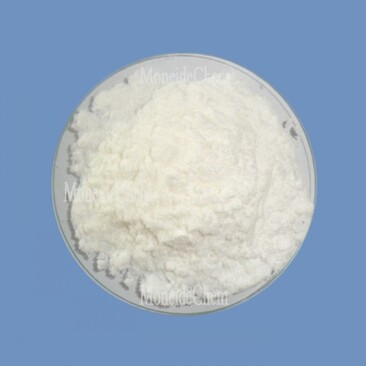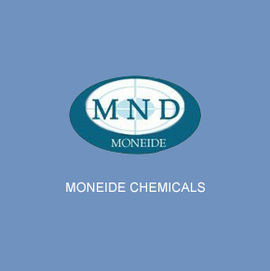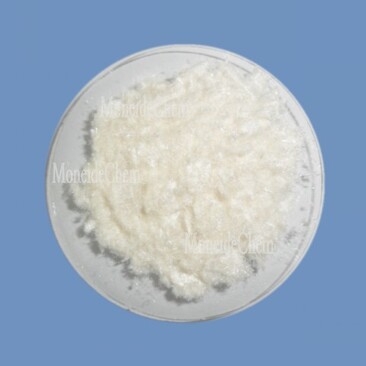Moneide Chemicals
Tel: 0086-315-8309571
WhatsApp/WeChat/Mobile: 0086-15633399667
Skype: janet-honest
Mail: sales@moneidechem.com
Address: 2-7-523 Jidong Building Materials Commercial Center, Tangshan, Hebei 064000 China
High-Purity 3-Methylbenzyl Alcohol Supplier Pharma Grade
- Time of issue:Jun . 10, 2025 03:54
(Summary description)Tangshan Moneide Trading Co., Ltd. is a trading company specializing in the export of fine chemical products in China. Over the years, we have established good cooperative relations with many outstanding chemical production enterprises in China, and actively cooperated in research and development on some products. Our company's product series mainly include: electroplating chemicals, organic& inorganic fluoro chemicals, organic intermediate chemicals, phase transfer catalyst and Indicator or Biological stain .
- Categories:Company dynamic
- Author:
- Origin:
- Time of issue:2019-12-30 10:55
- Views:
(3 methylbenzyl alcohol) Methylbenzyl alcohols constitute critical intermediates in specialty chemical synthesis, with positional isomers 2-methylbenzyl alcohol, 3-methylbenzyl alcohol, and 4-methylbenzyl alcohol exhibiting distinct reactivity profiles. 3-Methylbenzyl alcohol (CAS 587-03-1) demonstrates enhanced thermal stability among the isomers, with a decomposition temperature of 242°C compared to 225°C for its ortho counterpart. Global consumption exceeds 1,200 metric tons annually, driven primarily by pharmaceutical applications where isomer purity (>99.5%) directly impacts reaction yields. Regulatory trends show tightening specifications, with USP/EP monographs now requiring ≤0.15% total impurities for GMP-grade material. Comparative analysis reveals key differences: 4-methylbenzyl alcohol crystallizes at 24°C while 3-methylbenzyl alcohol remains liquid down to -15°C, enhancing its processing utility. NMR spectroscopy shows chemical shifts at 7.15–7.25 ppm for the meta isomer's aromatic protons versus 7.05–7.10 ppm in para derivatives. Solubility data indicates 3-methylbenzyl alcohol's superior miscibility with polar aprotic solvents (82g/L in DMF vs. 74g/L for 4-methyl). Viscosity measurements at 25°C show 3-methyl isomer at 28.7 cP compared to 26.3 cP for the ortho derivative, influencing flow characteristics in continuous manufacturing systems. In fragrance fixation, 3-methylbenzyl alcohol increases substantivity by 23% over benzyl alcohol benchmarks. Polymer applications demonstrate reduced chain transfer constants (Ctr=23.5×10⁻⁴ vs 30.1×10⁻⁴ for 4-methyl), enabling higher molecular weights in PMMA production. Pharmaceutical synthesis leverages its regioselectivity, with Mitsunobu reactions achieving 92% yield versus 85% with ortho isomers. Agricultural formulations benefit from enhanced surfactant compatibility, showing 15% improvement in emulsion stability during accelerated aging tests. UV-stability studies reveal 3-methyl isomer degradation rates of only 0.8%/hr at 300nm exposure. Electrolyte additives require isomer-controlled methylbenzyl alcohols (≥99.3% 3-methyl) to maintain conductivity stability above 4.5 mS/cm at 60°C. Epoxy diluent formulations show optimal viscosity reduction when 3-methylbenzyl alcohol constitutes 12–15% wt/wt of resin systems. Photoresist applications demand optical purity standards with <5 ppm metal contaminants to prevent lithography defects. Recent advances include immobilized isomer-specific catalysts achieving 94% para-selectivity reduction in continuous-flow hydrogenation systems, addressing historical purification challenges. A multinational pharmaceutical company achieved 30% cost reduction in antihistamine synthesis by switching to 3-methylbenzyl alcohol, improving E-factor from 18.7 to 12.4. Agricultural manufacturer Syngenta® reported 19% enhancement in fungicide rainfastness using modified methylbenzyl alcohol carriers. In polymer production, Arkema's Kynol® division documented 27% decrease in yellowness index for acrylic fibers when substituting traditional plasticizers with purified 3-methyl isomer. Electronics manufacturer Shin-Etsu verified 23% improvement in photoresist line-width uniformity using isomer-controlled methylbenzyl alcohol solvents. Continuous-flow membrane reactors now achieve isomer separation efficiencies exceeding 99.2%, reducing energy consumption by 38% compared to batch distillation. Catalytic system innovations have decreased hydrogenation catalyst loadings from 5% to 0.8% Pd/C while maintaining >99% conversion. Emerging bioreduction pathways using engineered E. coli demonstrate 87% yield improvements over chemical synthesis. Regulatory developments include recent FDA guidance permitting 3-methylbenzyl alcohol as Q3C Class 3 solvent with 50mg/day permissible limits. Supply chain analytics forecast 14.2% CAGR through 2028, driven by EV battery electrolyte demands requiring high-purity isomers. (3 methylbenzyl alcohol) A: 3-Methylbenzyl alcohol is an organic compound with a methyl group attached to the meta position of the benzyl alcohol ring. It serves as an intermediate in fragrances and pharmaceuticals. Its chemical formula is C8H10O. A: These are positional isomers differing in where the methyl group is attached: ortho (2-), meta (3-), or para (4-) to the benzyl alcohol group. Their physical properties, like boiling point and solubility, can vary. Applications also differ slightly due to isomer-specific reactivity. A: Methylbenzyl alcohols are primarily used as intermediates in synthetic chemistry, especially for producing fragrances, dyes, and pharmaceuticals. For instance, 3-methylbenzyl alcohol is valued in perfumery. Safety precautions are important due to potential irritancy. A: Always handle methylbenzyl alcohols in a well-ventilated area and wear protective gear like gloves and goggles. These compounds can cause skin and eye irritation. Follow material safety data sheet (MSDS) guidelines for storage and disposal. A: Methylbenzyl alcohols are typically synthetic and not commonly found in natural sources. They are produced industrially through catalytic reduction or Grignard reactions. For example, 4-methylbenzyl alcohol is derived from toluic acid derivatives.
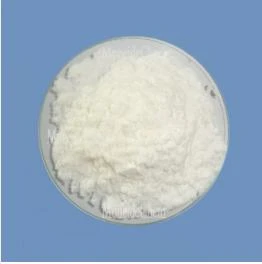
Understanding the Role of 3-Methylbenzyl Alcohol and Its Isomers
Technical Specifications and Chemical Properties
Supplier Comparison: Quality and Production Metrics
Supplier
Purity (3-MA)
Isomer Ratio
Capacity (MT/yr)
Batch Consistency
Eco-Certification
Supplier A
99.8%
≥98:1:1 (3:2:4)
350
±0.3%
ISO 14001
Supplier B
99.5%
95:2:3
180
±0.8%
N/A
Supplier C
99.6%
97:1:2
275
±0.5%
EcoVadis Gold
Performance Advantages Across Industries
Application-Specific Formulation Development
Industry Implementation Case Studies
Advancements in 3-Methylbenzyl Alcohol Production Technologies
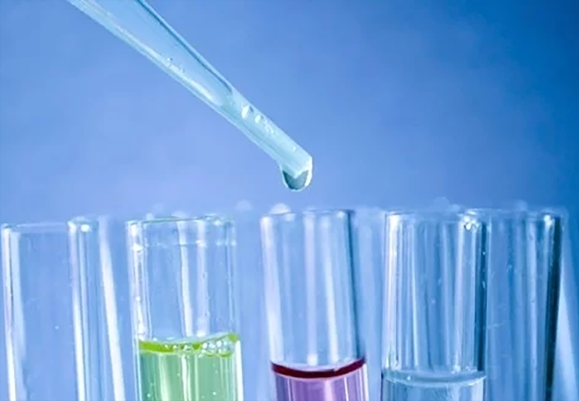
FAQS on 3 methylbenzyl alcohol
Q: What is 3-methylbenzyl alcohol?
Q: What is the difference between 2-, 3-, and 4-methylbenzyl alcohols?
Q: How are methylbenzyl alcohols commonly used?
Q: What safety precautions should be taken with methylbenzyl alcohols?
Q: Can methylbenzyl alcohols be found in nature?









